Huskies shed heavily twice a year, typically in the spring and fall. So, what months do huskies shed? Its usually around April and October.
| Shedding Seasons | Spring and Fall |
| Heaviest Shedding Months | May to June; October to November |
| Shedding Peak (Spring) | Typically in May |
| Shedding Peak (Fall) | Usually in November |
| Blow Coat Duration | Approximately 3-5 weeks |
| Moderate Shedding Period | Throughout the year |
| Least Shedding Months | Winter and Summer |
Huskies possess a double coat, a unique feature of their breed, consisting of a dense undercoat and a longer, protective topcoat. The undercoat provides insulation, keeping them warm in winter and cool in summer, while the topcoat acts as a protective barrier against elements such as rain and snow.
This insulation mechanism is crucial for their survival in harsh climates, and it significantly influences their shedding cycle. The double coat plays a critical role in regulating the husky’s body temperature and protecting them from environmental conditions, which directly impacts their shedding patterns.
What months do huskies shed
Huskies’ double coat acts as a natural insulator, trapping air close to the skin to provide warmth in cold weather and creating a cooling effect in warmer temperatures.
This unique function also triggers their shedding cycle, as the coat adjusts to accommodate the changing seasons. Additionally, the undercoat sheds primarily in the spring to prepare for the warmer months and in the fall to make way for thicker insulation during winter.
To learn more about harnessing the energy of these resilient dogs and keeping them in prime condition, delve into the specifics of a husky's endurance. Explore the full article on the stamina and running capabilities of huskies to ensure your furry friend stays healthy and active.

Shedding Seasons for Huskies
Huskies typically experience two main shedding seasons, generally occurring in the spring and fall. However, the timing of these shedding seasons can vary based on the climate in which the husky resides.
The shedding process in spring is nature’s way of preparing the husky for warmer weather by shedding their heavier winter coat. Conversely, in the fall, huskies shed their lighter summer coat to make way for a denser winter fur, helping them adapt to the colder temperatures.
These shedding seasons are influenced by natural cues triggered by changes in daylight length and temperature, and they play a crucial role in helping huskies regulate their body temperature according to the seasonal changes.
What months do huskies shed
Understanding these shedding seasons is essential for husky owners to anticipate and adapt to their pet’s changing coat needs, especially in regions with drastic seasonal variations.
While understanding your Husky's shedding patterns is key to their care, you may also be curious about their overall health and longevity. Discover the lifespan of these resilient canines and learn how best to support them throughout their lives.

Spring Shedding: Preparing for Warmer Weather
As the weather begins to warm up, husky owners can expect the spring shedding season to kick in, typically around April. This is a crucial time for huskies as they shed their thick winter coat to prepare for the upcoming summer heat.
During this period, husky shedding is noticeably more pronounced as they rid themselves of the insulating fur that kept them warm during the colder months. Owners should anticipate an increase in hair around the house and be prepared to provide extra grooming and care to help their husky through this seasonal transition.
What months do huskies shed
Husky shedding during the spring is a natural process, but it can be managed with regular brushing and grooming.
As the winter coat loosens and sheds, it’s essential to brush the husky’s coat more frequently to remove loose fur and prevent matting. Using a deshedding tool or undercoat rake can help effectively remove the dense, loose undercoat, making the shedding process more manageable for both the husky and the owner.
To ensure your husky maintains optimal health during this intensive shedding period, it's crucial to adjust their diet accordingly. Discover the appropriate feeding portions for your husky's needs in our comprehensive guide on husky dietary requirements.
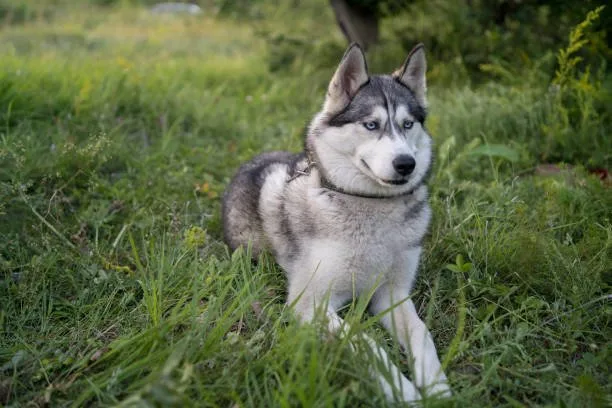
Fall Shedding: Transition to Winter Coat
Huskies undergo a significant shedding process during the fall months, usually around October, as they transition from their lighter summer coat to a thicker winter fur. This shedding is a natural response to the approaching cold weather, allowing huskies to adapt to the changing climate.
As the temperatures drop, huskies naturally shed their lighter fur to make way for a denser, insulating coat that will help them stay warm during the winter months. This shedding phase is essential for the husky’s comfort and well-being in colder environments, ensuring that they are adequately prepared for the upcoming season.
Huskies undergo a significant shedding process during the fall months, usually around October, as they transition from their lighter summer coat to a thicker winter fur.
This shedding is a natural response to the approaching cold weather, allowing huskies to adapt to the changing climate.
As the temperatures drop, huskies naturally shed their lighter fur to make way for a denser, insulating coat that will help them stay warm during the winter months. This shedding phase is essential for the husky’s comfort and well-being in colder environments, ensuring that they are adequately prepared for the upcoming season.
As your husky transitions through its seasonal shedding, understanding every aspect of their life cycle can be beneficial. Dive deeper into the fascinating reproductive habits of huskies and discover their average litter size by exploring the details on husky puppy litters.
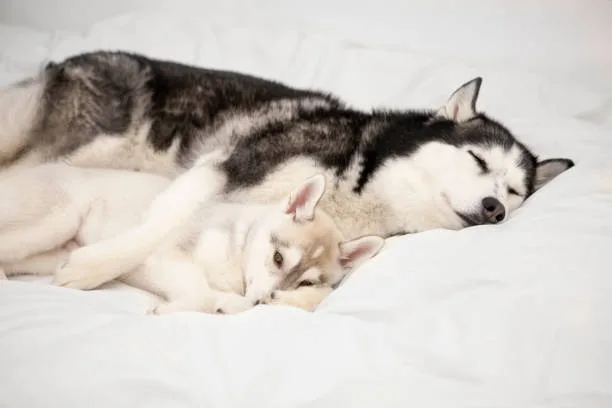
Signs That Your Husky Is Starting to Shed
As a husky owner, it’s essential to be aware of the signs that indicate your pet is beginning to shed their coat. One of the most prominent indicators is an increase in loose fur around the house, on furniture, and on clothing.
Additionally, you may notice that your husky’s coat looks dull or lackluster, signaling the start of shedding. As you pet your husky, you might find that they are shedding more than usual, with clumps of fur coming off in your hand.
Another noticeable sign is excessive scratching or chewing, as your husky may be feeling discomfort due to shedding. Being attentive to these signs allows you to proactively initiate a care routine to manage the shedding process effectively.
Once you've spotted the signs that your husky is shedding, it's crucial to start a proper care routine to keep both your pet and your home comfortable. Gain a deeper understanding of husky needs and explore optimal care practices by reading our detailed guide, "Understanding Huskies' Unique Care Requirements."
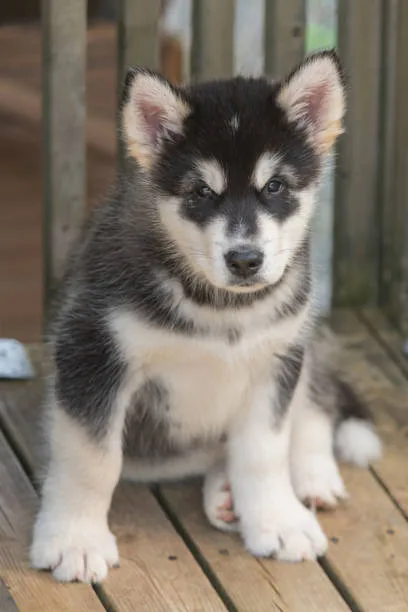
Essential Grooming Techniques During Shedding Months
Huskies require consistent grooming, especially during shedding months, to minimize the impact of their shedding. Regular brushing is crucial in managing their double coat, with a focus on reaching the undercoat to remove loose fur.
Using a de-shedding tool or undercoat rake helps in effectively removing the loose fur that contributes to shedding. Additionally, incorporating a bath with a high-quality de-shedding shampoo can further assist in reducing excessive shedding by promoting a healthy coat.
It’s essential to establish a routine that includes these grooming techniques to keep shedding under control and maintain the overall health of your husky’s coat.
Consistency in grooming, particularly during shedding months, is key to managing the impact of husky shedding.
Delve deeper into the capabilities of these magnificent creatures and understand more about their physical prowess. Explore the full extent of a Siberian Husky's strength, including how much weight they can pull, by visiting this detailed exploration of their impressive capabilities.
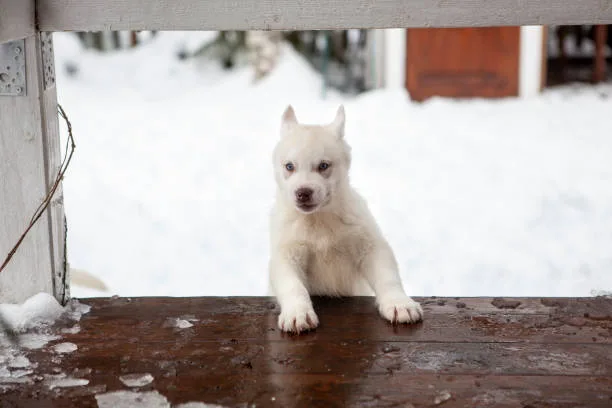
Health and Diet: Supporting Your Husky’s Coat
American Kennel Club: What months do huskies shed
A husky’s shedding process and coat quality are closely linked to its diet and overall health. A balanced and nutritious diet plays a crucial role in supporting a healthy coat and minimizing excessive shedding.
Foods rich in omega-3 fatty acids, such as salmon or flaxseed oil, can help promote a lustrous coat and reduce shedding. Additionally, ensuring that your husky receives essential vitamins and minerals, particularly those that contribute to skin and coat health, can further support a healthy shedding process.
In some cases, dietary supplements, specifically formulated to enhance fur quality, may be recommended by a veterinarian to address any deficiencies and promote overall coat health. Regular visits to the vet can help monitor your husky’s health and determine if any dietary adjustments or supplements are necessary.
Keeping your husky in good overall health through a balanced diet and appropriate supplements can positively impact its shedding cycle and coat condition..
To ensure your husky puppy is receiving an optimal diet for healthy growth and coat condition, it's important to know the right amount to feed them. Delve deeper into their dietary needs with our comprehensive guide, "Tailored Nutrition for Your Husky Puppy: Perfect Portions Explained."
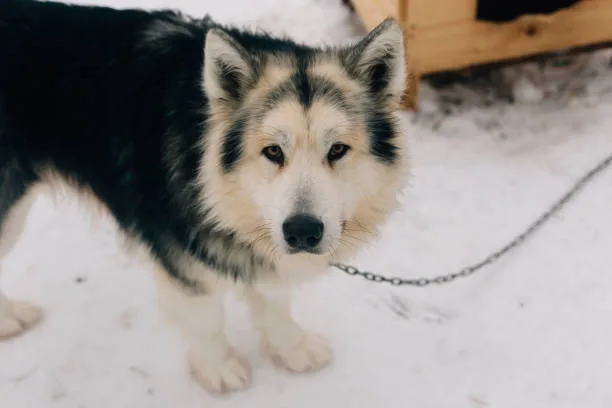
Managing Shedding in Your Household
Reddit What months do huskies shed
To effectively manage shedding in your household, here are some tips to keep your home clean and free of husky hair during peak shedding months:- Regular vacuuming: Invest in a high-quality vacuum cleaner with strong suction power and specific attachments designed to pick up pet hair from carpets, furniture, and other surfaces. Vacuuming the house at least a few times a week can significantly reduce the accumulation of husky hair.- Laundering bedding and fabrics: Wash your pet’s bedding, your own bedding, and any fabric-covered furniture regularly to minimize the presence of husky hair.
Use lint rollers or pet hair removal tools on upholstery and fabrics to keep them hair-free between washes.- Grooming area: Designate a specific grooming area for your husky, preferably outdoors, to contain the shedding as much as possible. Regularly brush your husky outside to prevent loose hair from spreading throughout the house.- Air purifiers: Consider using air purifiers with HEPA filters to help remove pet dander and hair from the air, especially if you or your family members have allergies.- Floor protection: Place washable mats or rugs in high-traffic areas where your husky spends the most time.
These can be easily cleaned or laundered to remove accumulated hair.- Professional grooming: Schedule regular professional grooming appointments for your husky during peak shedding months to help minimize the amount of loose fur your pet sheds at home. Implementing these tips can help you manage husky shedding in your household and maintain a clean, hair-free environment during peak shedding months..
To delve further into understanding your furry friend, especially the vocal huskies, explore our comprehensive guide on their communication habits. Discover the fascinating world of husky conversation and learn effective ways of interaction by visiting 'When Do Huskies Start Talking? An Insight into Husky Communication'.

Timing and Frequency of Husky Shedding Seasons
Huskies are known for their biannual shedding, but the timing and frequency of their shedding seasons can vary. The shedding frequency of huskies can be influenced by factors such as geographic location and climate.
In general, huskies tend to shed their coat twice a year, with the main shedding seasons occurring in spring and fall. However, the exact timing of these shedding periods can differ depending on the specific location and the climate in which the husky resides.
Warmer climates may result in a less pronounced shedding season, while colder climates could lead to a more intense shedding period. Understanding the timing and frequency of husky shedding is essential for owners to effectively manage their pet’s grooming needs and maintain a healthy coat for their husky.
On Quora about: What months do huskies shed
Knowing the factors that influence the shedding frequency can help owners anticipate and prepare for the shedding seasons.
To discover more about optimizing your husky's health and well-being, including dietary choices that accommodate their unique needs, delve into our comprehensive guide on feeding huskies raw meat. Unveil a world of benefits and guidelines for a tailored diet by exploring the article, "Feeding Your Husky a Raw Meat Diet." Feeding Your Husky a Raw Meat Diet.
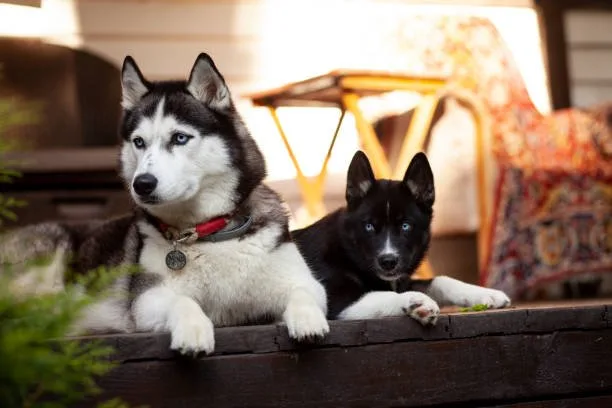
Selecting the Right Grooming Tools
Selecting the right grooming tools is essential for managing husky shedding effectively. Undercoat rakes are highly effective for removing loose fur from the undercoat, helping to reduce shedding around the home.
Specific brushes designed for double coat breeds are also valuable, as they help to manage the dense fur during the blow coat period. When selecting grooming tools, look for those specifically designed for huskies or other double-coated breeds, as they are tailored to address the unique shedding challenges these dogs face.
Regular brushing with the appropriate tools not only helps to control shedding but also promotes healthy skin and coat.
It is recommended to use slicker brushes and shedding blades to remove loose fur efficiently. The shedding process can be quite overwhelming, especially during the biannual coat blow, so investing in the right grooming tools is a proactive way to manage this natural occurrence.
To ensure your husky's coat remains healthy and well-maintained, choose the tools and techniques best suited for their unique fur. Expand your knowledge and discover the ideal companion in grooming by exploring our comprehensive guide on deshedding solutions for double-coated breeds at unlocking the secrets to a well-groomed husky.
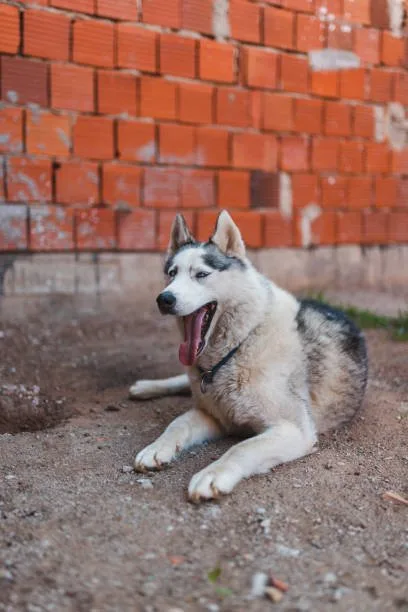
Maintaining a Husky's Coat Health Through Diet
Proper nutrition plays a crucial role in maintaining the health of a husky’s coat. A well-balanced diet rich in essential nutrients, including omega-3 fatty acids, vitamins A and E, and protein, promotes a healthy coat and minimizes excessive shedding.
Omega-3 fatty acids, commonly found in fish oil, can help reduce inflammation and promote a shiny coat. Vitamin A supports the production of natural oils that keep the skin and coat healthy, while vitamin E acts as an antioxidant, safeguarding the skin and fur from damage.
Additionally, a high-quality protein source, such as lean meats or fish, contributes to the overall strength and luster of the husky’s coat. Consider discussing dietary supplements with a veterinarian to address any specific deficiencies that may impact fur quality and shedding patterns.
Ultimately, a husky’s diet can significantly impact the condition of their coat, making it essential to prioritize the nutritional elements known to support a healthy fur and minimize shedding.
To delve deeper into understanding animal behaviors and their underlying causes, consider exploring our detailed article on the fascinating behaviors of bearded dragons. Discover the reasons behind their unique puffing actions in "Uncovering the Mystery Behind Bearded Dragons' Puffing Behavior."
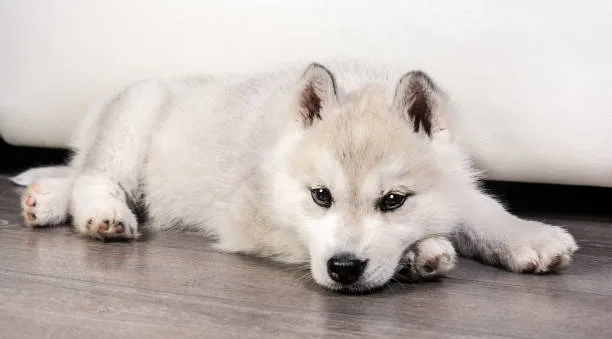
Professional Grooming and Husky Shedding
Professional grooming services play a crucial role in managing a Husky’s fur loss, especially during peak shedding months. Groomers are equipped with specialized tools and techniques to handle the Husky’s double coat effectively, helping to minimize shedding and maintain coat health.
Additionally, professional grooming can complement an owner’s home grooming routine by providing thorough de-shedding sessions, deep coat conditioning, and expert insights into managing shedding cycles. These services not only contribute to reducing the volume of loose fur in the household but also promote the overall well-being and comfort of the Husky during periods of intense shedding.
Partnering with professional groomers can significantly ease the burden of managing Husky shedding, ensuring that the pet remains comfortable and the home environment stays relatively fur-free.
When it comes to managing a Husky’s shedding, professional grooming services can provide valuable support and expertise, ultimately enhancing the pet’s well-being and the owner’s grooming efforts.
To explore a variety of diminutive animal friends and their unique care needs, visit Pocket Pets Forever for a wealth of resources and guidance. While managing husky fur can be a task, the joys and peculiarities of smaller pets await your discovery through our comprehensive articles.
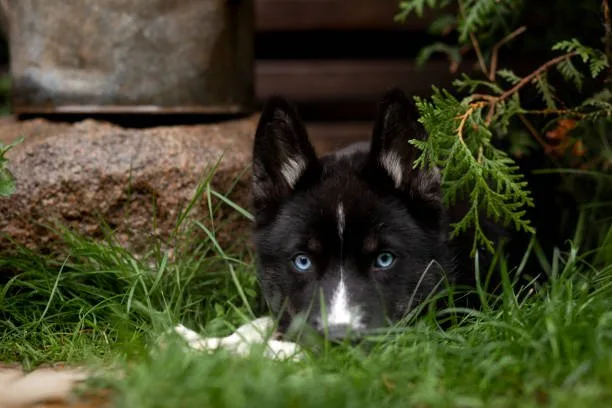
Living with a Shedding Husky: Allergy and Cleanliness Tips
Living with a shedding husky can pose challenges for those with allergies or sensitivities to pet dander. To minimize husky shedding at home and address allergy considerations, there are several proactive measures that can be taken.
Regular baths for your husky can help control shedding by removing loose hair and dander before it has a chance to spread around the home. Additionally, implementing strategies for hair management, such as using furniture covers and regularly vacuuming or sweeping, can help contain the spread of shed fur.
For individuals with sensitivities, keeping a clean environment is crucial. This involves frequent laundering of bedding and grooming tools, as well as using air purifiers to reduce airborne dander.
By adopting these cleanliness tips, it is possible to live comfortably with a shedding husky while minimizing the impact on household allergies..
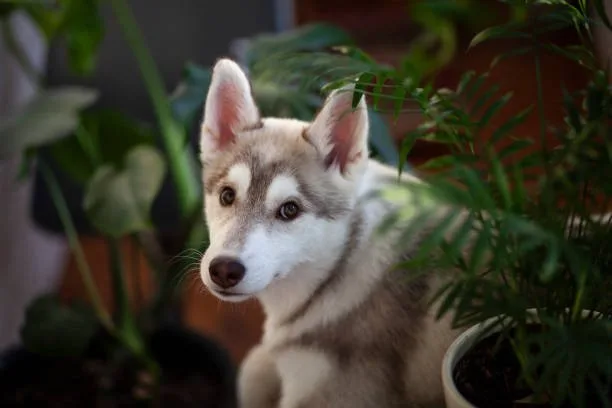
Conclusion: Embracing Your Husky's Natural Cycle
Understanding and accommodating your husky’s natural shedding cycle is essential for their overall well-being. By recognizing and embracing this natural process, you can ensure that your pet remains comfortable and healthy throughout the year.
Regular grooming habits, including brushing and bathing, not only help manage shedding but also provide an opportunity to bond with your husky. By maintaining a consistent grooming routine, you can strengthen the connection between you and your pet, creating a positive and nurturing environment for both you and your husky.

Leave a Reply